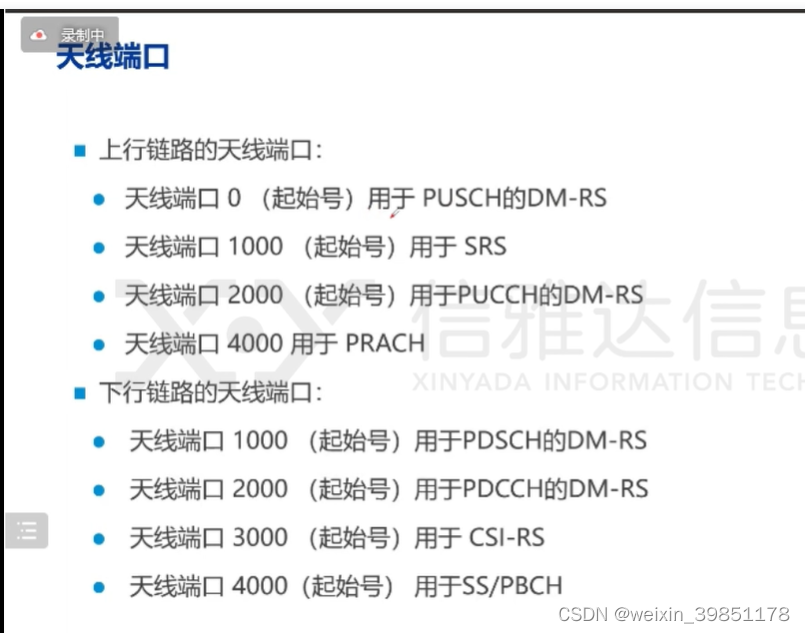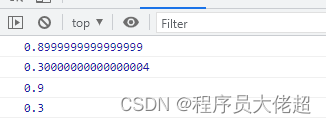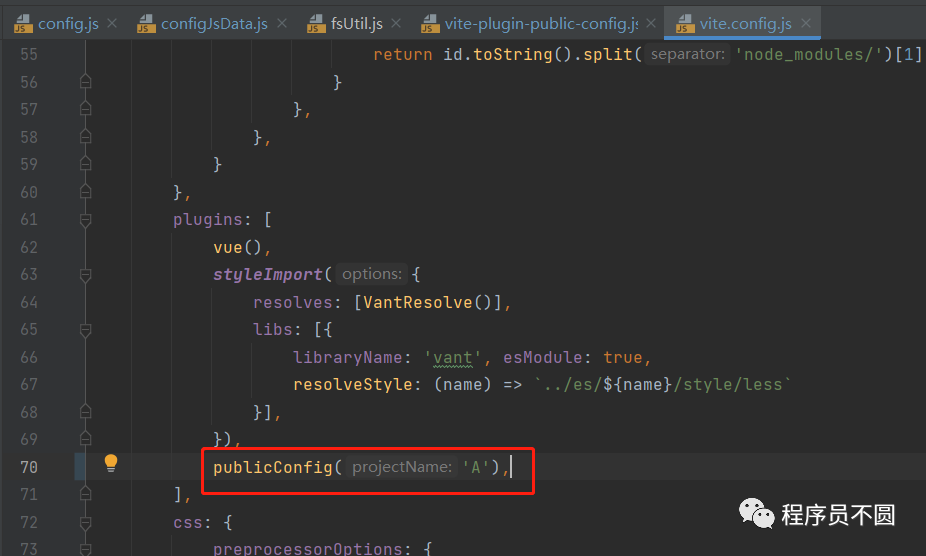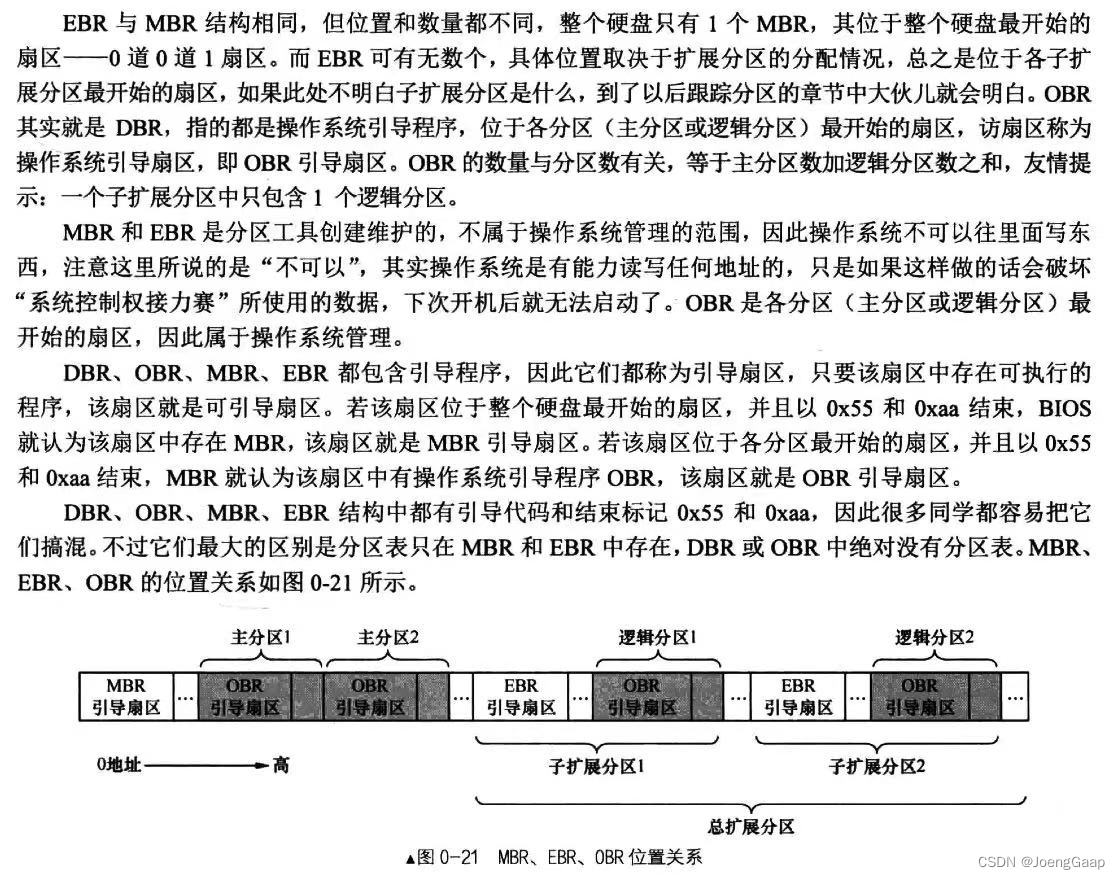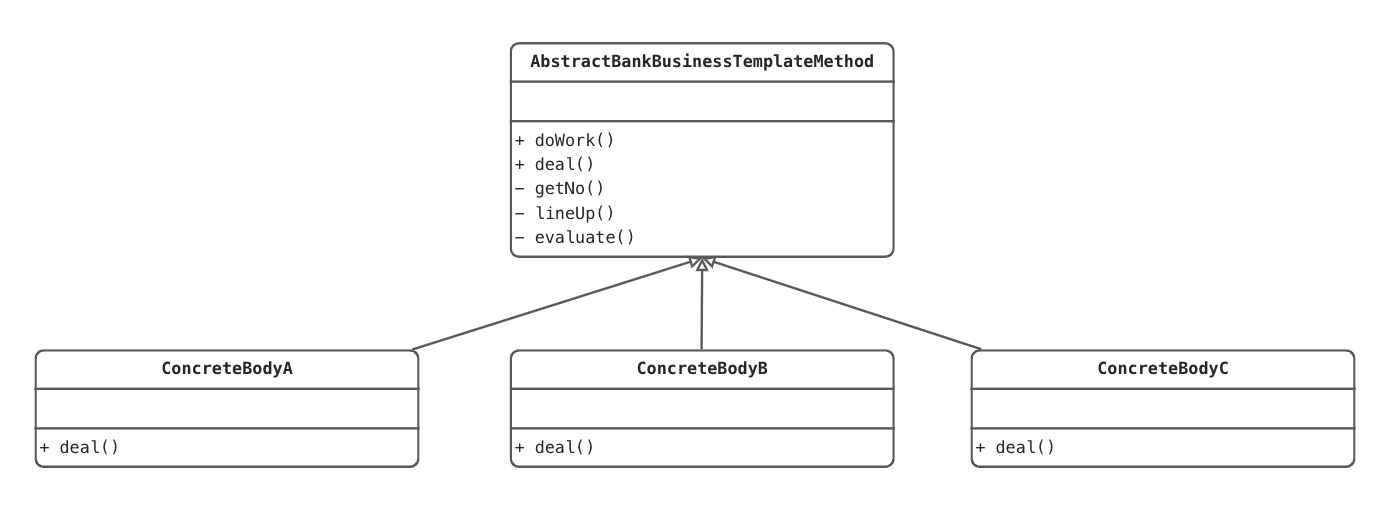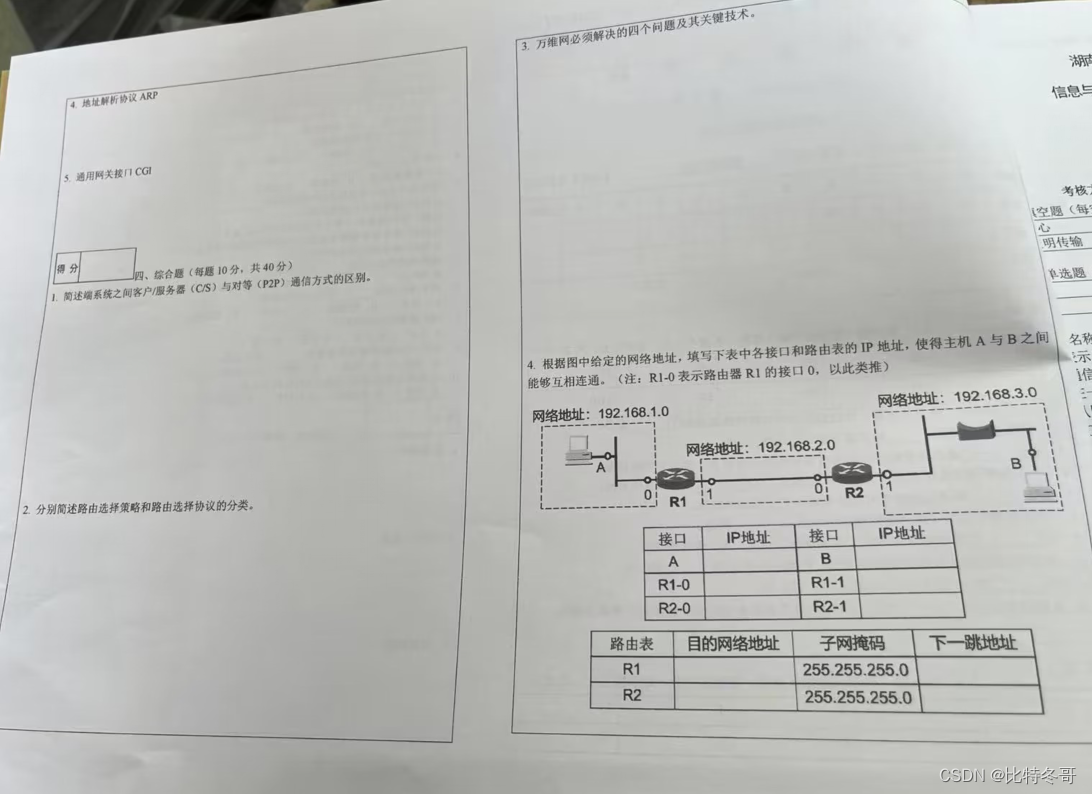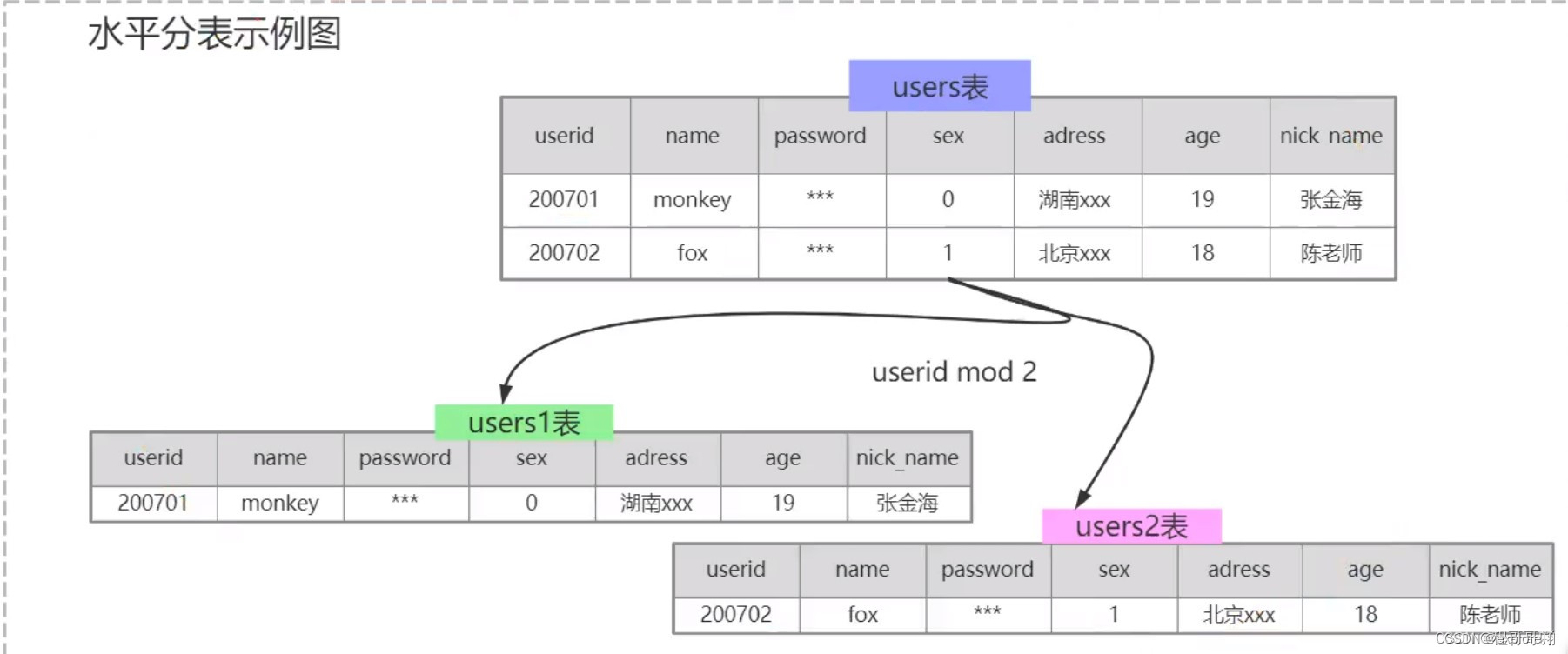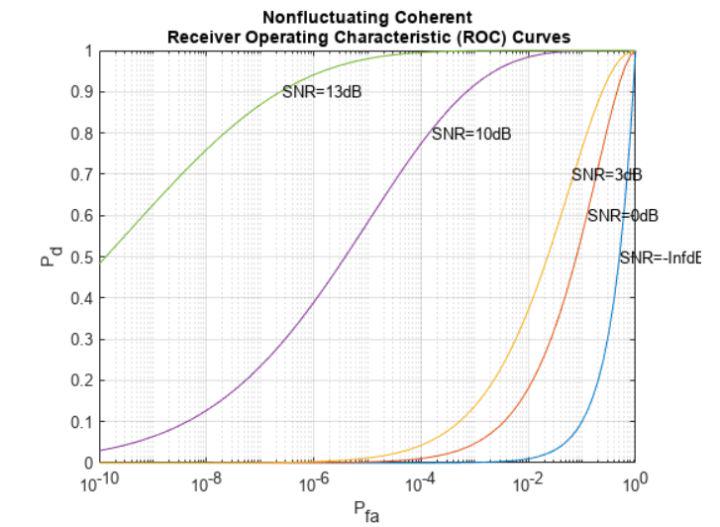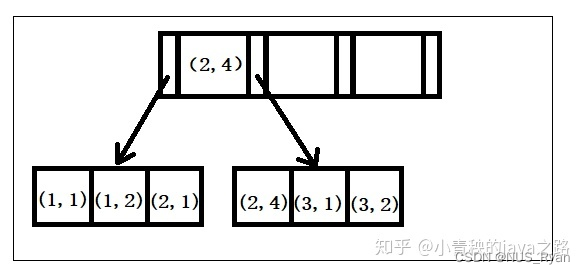110. 平衡二叉树
题目链接
题目描述:
给定一个二叉树,判断它是否是高度平衡的二叉树。
本题中,一棵高度平衡二叉树定义为:一个二叉树每个节点 的左右两个子树的高度差的绝对值不超过1。
示例 1:
给定二叉树 [3,9,20,null,null,15,7]

返回 true 。
示例 2:
给定二叉树 [1,2,2,3,3,null,null,4,4]
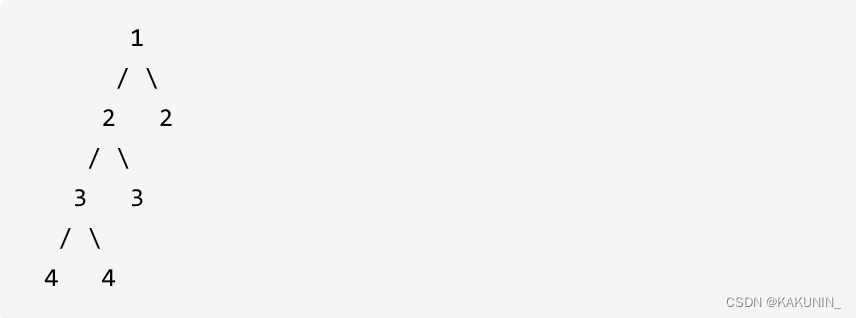
返回 false 。
难点:
- 二叉树节点的深度:指从根节点到该节点的最长简单路径边的条数。
- 二叉树节点的高度:指从该节点到叶子节点的最长简单路径边的条数。
思路:
要求比较高度,必然是要后序遍历。
时间复杂度:O()
空间复杂度:O()
class Solution {
public boolean isBalanced(TreeNode root) {
if (root == null) return true;
return !(getHeight(root) == -1);
}
private int getHeight(TreeNode root) {
if (root == null) return 0; //空结点高度为0
int leftH = getHeight(root.left);
if (leftH == -1) return -1;
int rightH = getHeight(root.right);
if (rightH == -1) return -1;
return Math.abs(leftH-rightH) > 1 ? -1 : 1+Math.max(leftH, rightH);
}
}
时长:
15min
收获:
区分深度与高度
递归方法练习
257. 二叉树的所有路径
题目链接
题目描述:
给定一个二叉树,返回所有从根节点到叶子节点的路径。
说明: 叶子节点是指没有子节点的节点。
示例:

难点:
思路:
时间复杂度:O()
空间复杂度:O()
class Solution {
List<String> resList = new ArrayList<>();
public List<String> binaryTreePaths(TreeNode root) {
if (root == null) return resList;
List<Integer> path = new ArrayList<>();
traversal(root, path);
return resList;
}
private void traversal(TreeNode root, List<Integer> path) {
path.add(root.val);
if (root.left == null && root.right == null) {
StringBuilder sb = new StringBuilder();
for (int i = 0; i < path.size()-1; i++) {
sb.append(path.get(i)).append("->");
}
sb.append(path.get(path.size()-1));
resList.add(sb.toString());
return;
}
if (root.left != null) {
traversal(root.left, path);
path.remove(path.size()-1);
}
if (root.right != null) {
traversal(root.right, path);
path.remove(path.size()-1);
}
}
}
如果想隐藏回溯,要小心了
if (root.left != null) {
traversal(root.left, path.append("->"));
}
if (root.right != null) {
traversal(root.right, path.append("->"));
}
这么写大错特错!因为通过path.append方法,字符串元素是累计添加到path中,退出函数时,并不能达到回溯的目的!!!
正确的做法是new一个StringBuilder对象作为参数传入
class Solution {
List<String> resList = new ArrayList<>();
public List<String> binaryTreePaths(TreeNode root) {
if (root == null) return resList;
StringBuilder path = new StringBuilder();
traversal(root, path);
return resList;
}
private void traversal(TreeNode root, StringBuilder path) {
path.append(root.val);
if (root.left == null && root.right == null) {
resList.add(path.toString());
return;
}
if (root.left != null) {
traversal(root.left, new StringBuilder(path).append("->"));
}
if (root.right != null) {
traversal(root.right, new StringBuilder(path).append("->"));
}
}
}
当然,使用字符串拼接实现会更容易:
List<String> resList = new ArrayList<>();
public List<String> binaryTreePaths(TreeNode root) {
if (root == null) return resList;
String path = "";
traversal(root, path);
return resList;
}
private void traversal(TreeNode root, String path) {
path += root.val;
if (root.left == null && root.right == null) {
resList.add(path);
return;
}
if (root.left != null) {
traversal(root.left, path+"->");
}
if (root.right != null) {
traversal(root.right, path+"->");
}
}
迭代法:
class Solution {
public List<String> binaryTreePaths(TreeNode root) {
List<String> result = new ArrayList<>();
if (root == null)
return result;
Stack<Object> stack = new Stack<>();
// 节点和路径同时入栈
stack.push(root);
stack.push(root.val + "");
while (!stack.isEmpty()) {
// 节点和路径同时出栈
String path = (String) stack.pop();
TreeNode node = (TreeNode) stack.pop();
// 若找到叶子节点
if (node.left == null && node.right == null) {
result.add(path);
}
//右子节点不为空
if (node.right != null) {
stack.push(node.right);
stack.push(path + "->" + node.right.val);
}
//左子节点不为空
if (node.left != null) {
stack.push(node.left);
stack.push(path + "->" + node.left.val);
}
}
return result;
}
}
时长:
13min
收获:
注意拼接字符串的细节
404. 左叶子之和
题目链接
题目描述:
计算给定二叉树的所有左叶子之和。
示例:
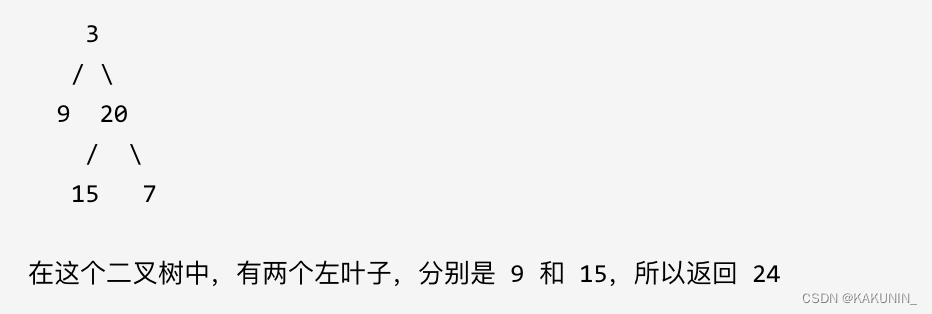
难点:
思路:
找左叶子之和
核心判断:当前节点是否有左孩子?左孩子是否为叶子?
时间复杂度:O()
空间复杂度:O()
这样写是不对的!
变量值sum没有返回。。。什么原因?
public int sumOfLeftLeaves(TreeNode root) {
int sum = 0;
traversal(root, sum);
return sum;
}
private void traversal(TreeNode root, int sum) {
if (root == null) return;
if (root.left != null && root.left.left == null && root.left.right == null) {
sum += root.left.val;
}
traversal(root.left, sum);
traversal(root.right, sum);
}
sum不能通过函数的形参传入!!!
int sum = 0;
public int sumOfLeftLeaves(TreeNode root) {
traversal(root);
return sum;
}
private void traversal(TreeNode root) {
if (root == null) return;
if (root.left != null && root.left.left == null && root.left.right == null) {
sum += root.left.val;
}
traversal(root.left);
traversal(root.right);
}
迭代法:
// 先序遍历
class Solution {
public int sumOfLeftLeaves(TreeNode root) {
if (root == null) return 0;
Stack<TreeNode> stack = new Stack<> ();
stack.add(root);
int result = 0;
while (!stack.isEmpty()) {
TreeNode node = stack.pop();
if (node.left != null && node.left.left == null && node.left.right == null) {
result += node.left.val;
}
if (node.right != null) stack.add(node.right);
if (node.left != null) stack.add(node.left);
}
return result;
}
}
// 层序遍历
class Solution {
public int sumOfLeftLeaves(TreeNode root) {
int sum = 0;
if (root == null) return 0;
Queue<TreeNode> queue = new LinkedList<>();
queue.offer(root);
while (!queue.isEmpty()) {
int size = queue.size();
while (size -- > 0) {
TreeNode node = queue.poll();
if (node.left != null) { // 左节点不为空
queue.offer(node.left);
if (node.left.left == null && node.left.right == null){ // 左叶子节点
sum += node.left.val;
}
}
if (node.right != null) queue.offer(node.right);
}
}
return sum;
}
}
时长:
10min
收获:
参数传递
